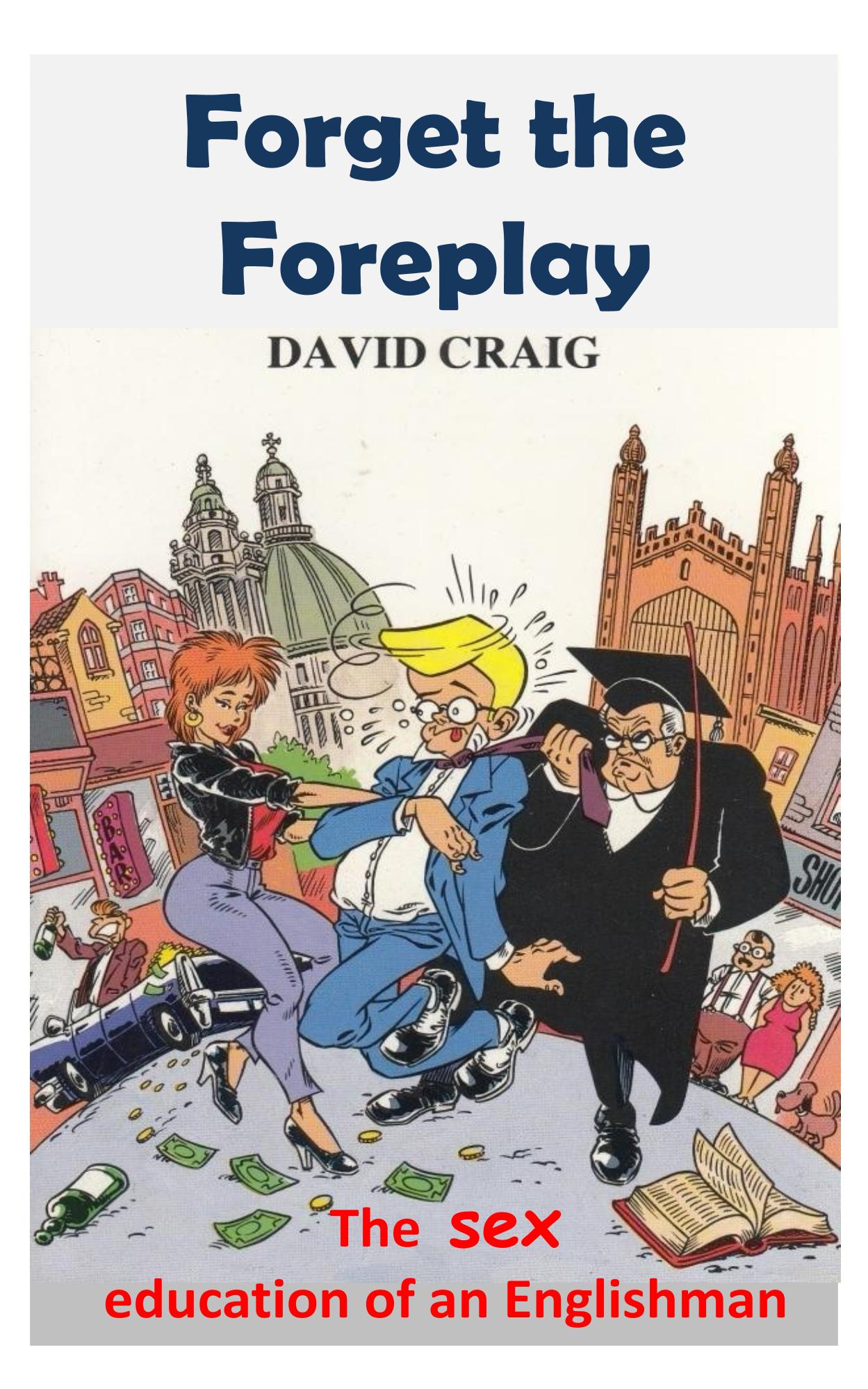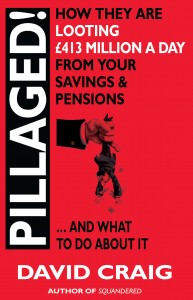(Here’s an article I did for a website called ‘gransnet’. It’s a kind of ‘mumsnet’ for grannies)
Of all the horrors I found investigating the financial services industry, the one that probably shocked me the most was how people in financial services treat those approaching or above retirement age. Financial services salespeople often call those close to retirement or already retired “the banana skin and grave brigade” because they have one foot on a financial banana skin, as they don’t know much about savings and investments, and the other in the grave as they’ll presumably soon be going on to a better place where they won’t be needing their money any more.
I once even saw two supposed “financial advisers” (actually salespeople) working for a high street bank (Barclays) laughing and joking over the case of a pensioner who had lost about half his life savings, more than £100,000, because the pensioner placed the money in one fund the salesperson had recommended as being “safe” when in fact it put savers’ money into extremely high risk and disastrous investments.
Many financial sellers specialise in the lucrative market of selling to retirees and those planning their retirement. They can have titles like “senior wealth advisers”, “retirement planning advisers”, “elder planning specialists” or even the rather scientific-sounding “financial gerontologist”. Typically these sellers use what sales trainers call FaG selling (Fear and Greed) – they exploit older people’s fear of living longer than their money lasts and their greed when offered seemingly attractive opportunities to increase their savings.
One set of dubious products typically sold and mis-sold to banana-skin-and-gravers are longer-term (five or more years) stock market investments with punitive penalties for early withdrawal. One company even specialised in selling these to people already in care homes. Naturally, quite a few customers died before their investments matured and their heirs found that, after deduction of early-withdrawal penalties, the investment companies returned considerably less than had been invested.
If older people don’t have much ready cash available, that hasn’t deterred eager financial sellers. Although some over 65s may have limited pensions and savings, many own their own homes making them what’s called asset-rich but cash-poor. Seeing the potential of the asset-rich cash-poor market, financial firms have devised various schemes, often called “equity release”, which promise to free up some or all of the value in their customers’ homes allowing them to live more comfortably until they die in return for the firms taking part or whole ownership of their customers’ properties.
Interest rates on these equity release loans tend to be quite high – close to six or even seven per cent. So, thanks to the wonders of compound interest, sums that appear quite modest when originally borrowed can turn into massive debts. For example, someone aged sixty five borrowing the average equity release loan of £53,000 against a home worth £200,000 would find their debt had shot up to about £100,000 after ten years and £200,000 – the total value of their home – by the time they hit eighty five.
In Britain we’re often uncomfortable talking about money with our parents and elderly relatives. We feel it might look like we’re on a fishing expedition trying to find out how much we might get from them. But if we want to prevent those we know joining the “banana skin and grave brigade” we need to overcome our reticence, ask our elderly friends and relatives about their money, find out who is chasing them to get hold of their cash and warn them about the dangers of handing over their savings to commission-hungry salespeople.
David Craig is the author of Don’t Buy It! Tricks and Traps Salespeople use and How to Beat Them (Thistle Publishing) which is available from Amazon














Leave a Reply